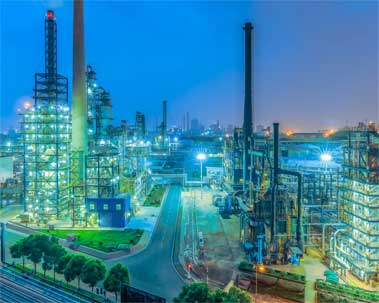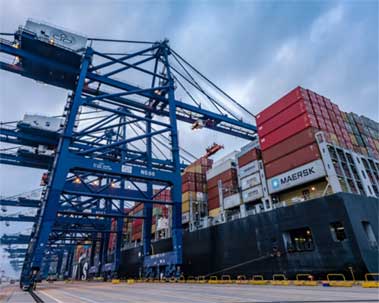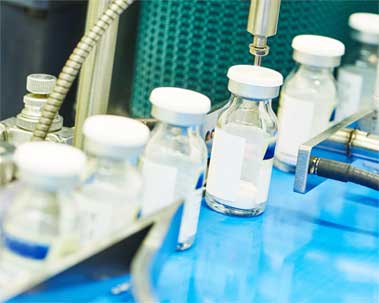Coke dry quenching is a kind of coke quenching method using inert gas to cool the red coke. During the dry quenching process, the red coke is loaded from the top of the coke dry quenching furnace. The low temperature inert gas is blew into the red coke layer of the cooling section of the dry quenching furnace by the circulating fan, and then the red coke is absorbed into the boiler for heat exchange. The coke after the cooling is discharged from the bottom of the dry quenching furnace through the coke exhaust system, which is composed of flat gate, adjusting rod, vibration feeder, rotating sealing valve and double chute. And the rotary seal valve is the most important part of the coke dry quenching and coking system.
The structure and principle of the coke dry rotary quenching seal valve:
coke dry rotary quenching seal valve (also called rotary discharge valve, format seal valve) is installed at the bottom of the dry quenching furnace. The feeding port is connected with the vibrating feeder, and the discharge port is connected with the coke exhausting sluice.
Its function is to continuously discharge the coke that is discharged from the vibratory feeder in a closed state. It can continuously and quantitatively discharge, and it also has good sealing and abrasion resistance. It can effectively control the leakage of circulating gas and dust in the dry quenching furnace and stabilize the pressure of circulating gas in the dry quenching furnace, which is an important equipment for the modern advanced dry quenching process.
There are two kinds of meaning of the “seal” in the rotary seal valve: the first one is the seal between the high-pressure cavity of the rotary seal valve and the chamber of the material. The gas seal of the high-pressure cavity takes effect at the same time with the sealing side seal of the two end of the chamber. The gas in high-pressure is generally nitrogen, with 8 k Pa to 12 k Pa pressure. The seal valve adopts the hard seal structure, which is a group of metal rings, pressed by springs and can automatically compensate the gap errors. Grease is continuously inserted between the two rings.
The second one is the seal between the feeding port of the rotary seal valve and the discharge port. It is mainly sealed by the rotor blade of the rotary seal valve and the shell, which is about 2 mm clearance. This seal is an incomplete seal, which can not only ensure the normal rotation of the rotor, but also keep the dry quenching furnace, the lower gas chamber, the flat gate, the vibration feeder and other parts under the proper pressure. It can prevent poisonous and harmful gases from causing personnel injury and environmental damage.
The rotary seal valve rotates normally when it is in normal production, but when dealing with the accident, there is a forward and reverse rotating button on the field operation plate. The rotary seal valve has three operation modes: manual operation on site, central control room operation and PLC interconnected operation in central control room.
 English
English français
français Deutsch
Deutsch Español
Español italiano
italiano русский
русский português
português العربية
العربية ไทย
ไทย čeština
čeština Polska
Polska


